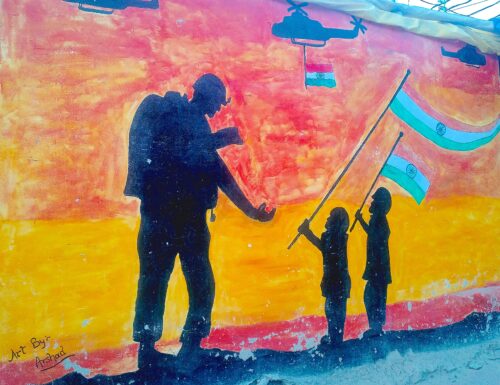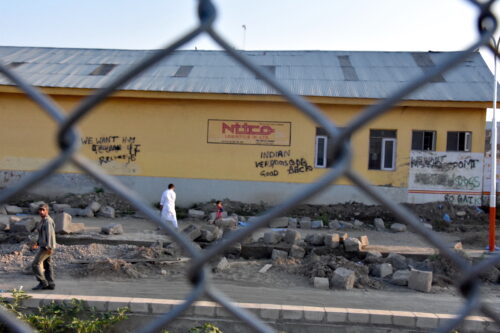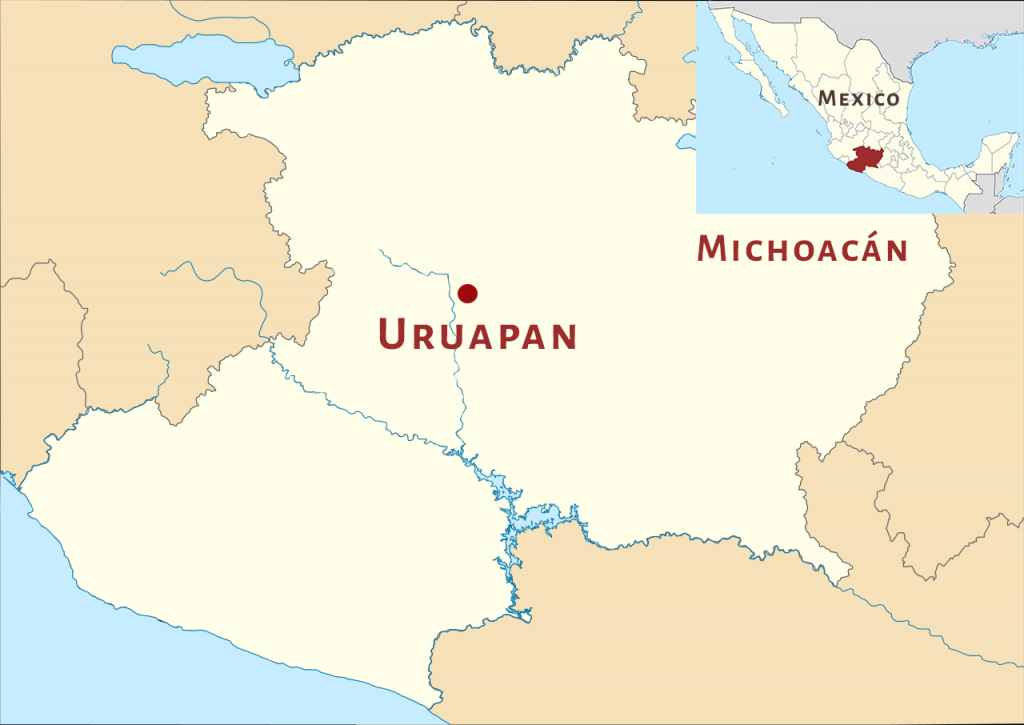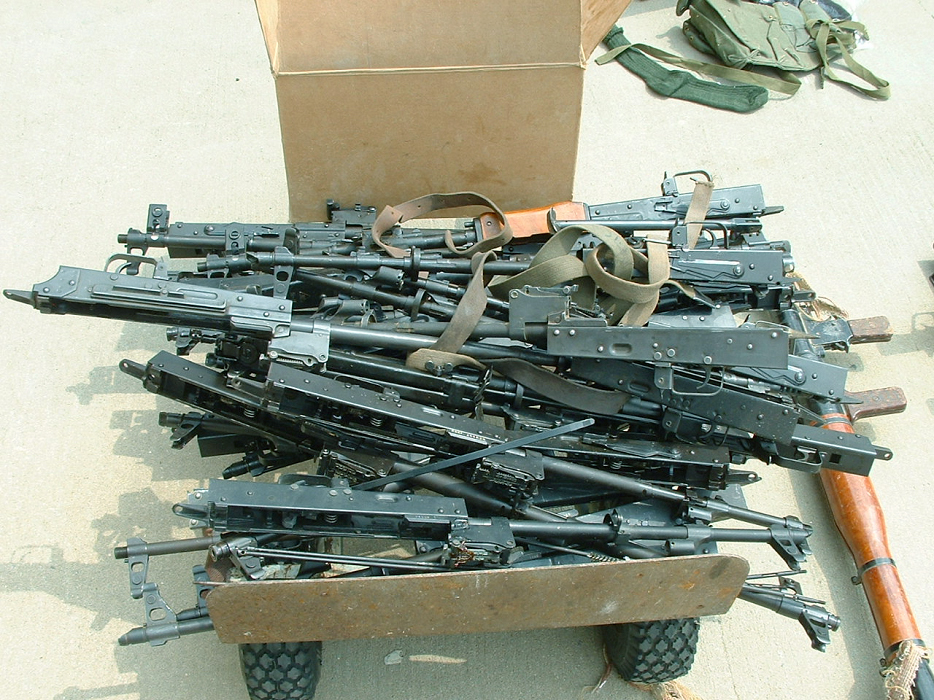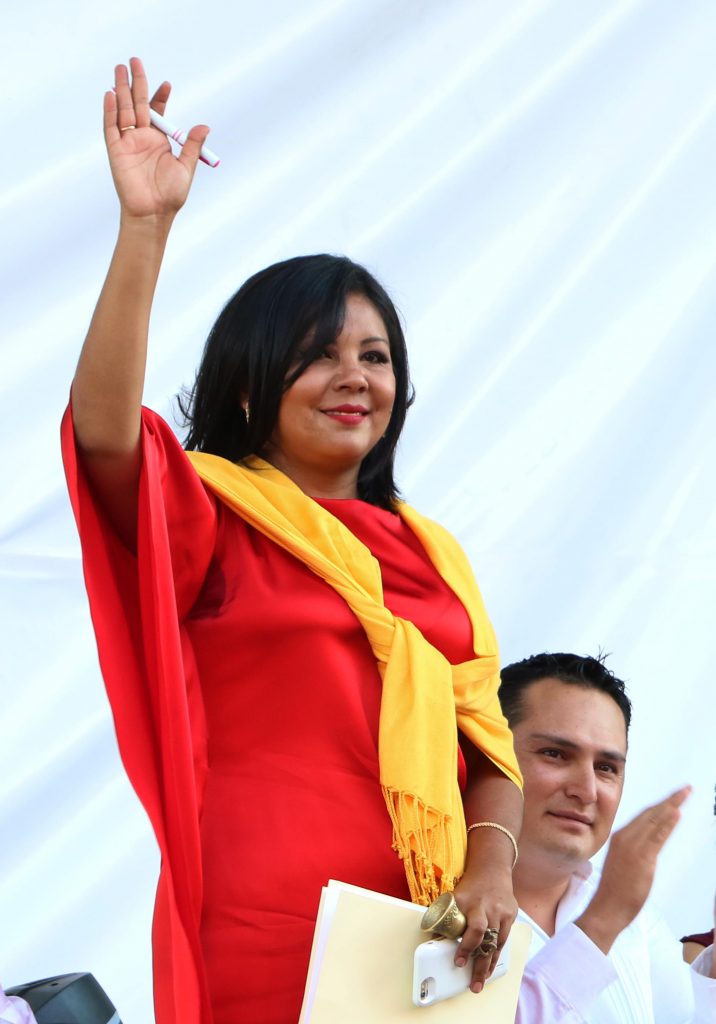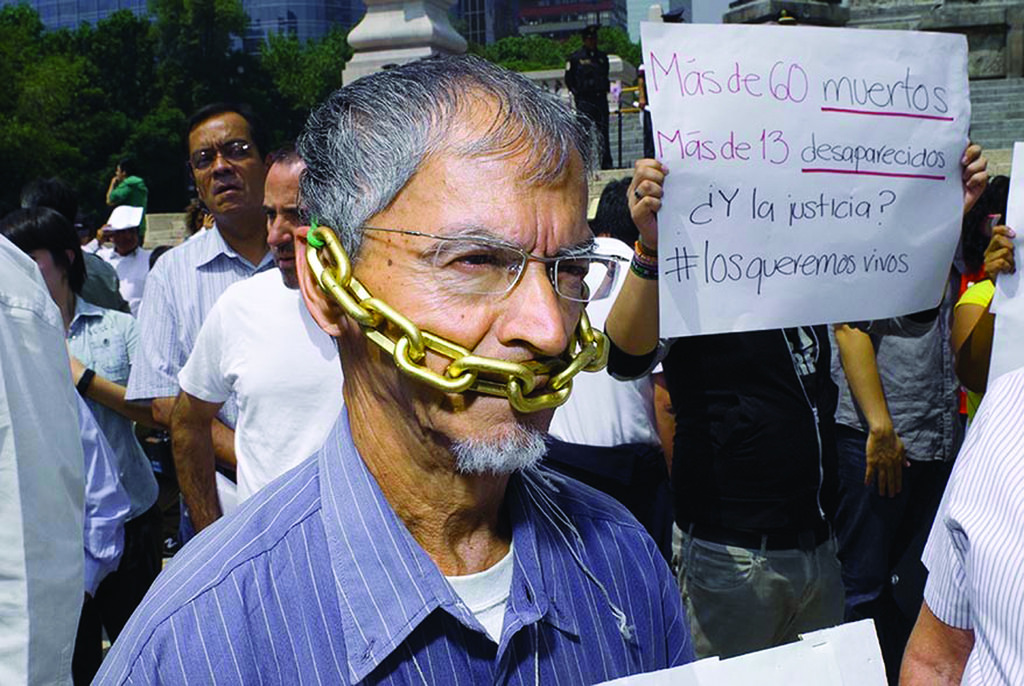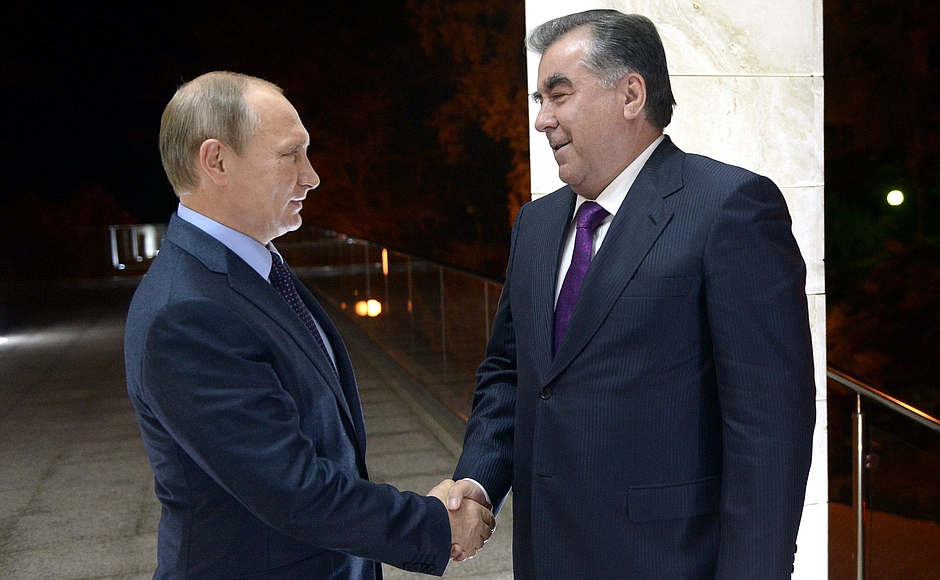Rules of the Underworld
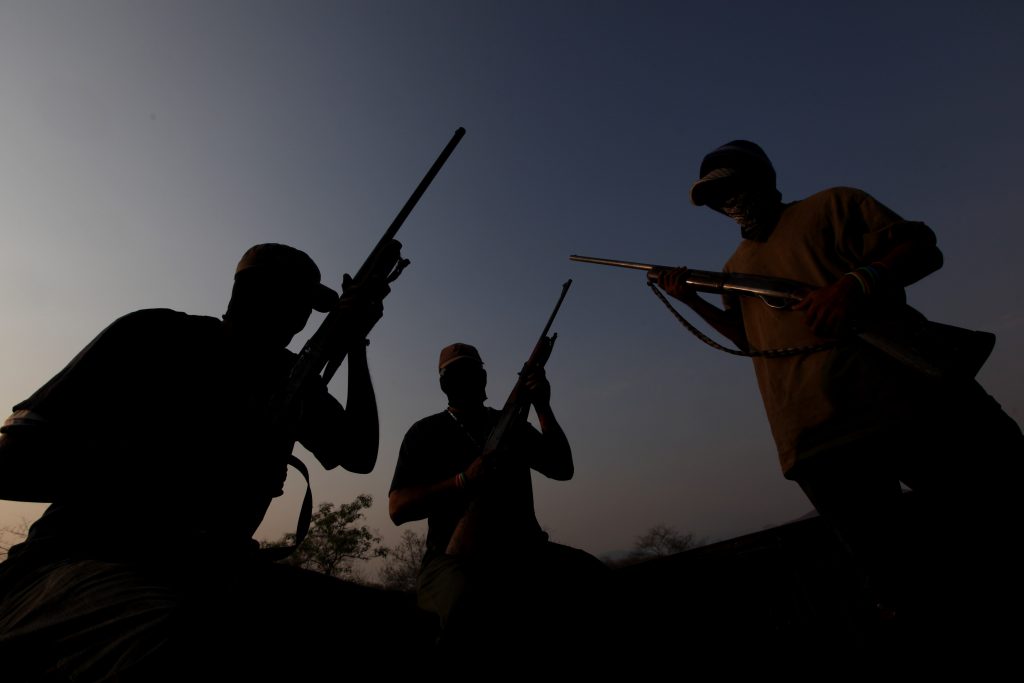
In March 2013, a drug cartel staged a grisly tableau near a central plaza in Uruapan, Mexico. Seven dead and mutilated bodies were left sitting upright in plastic chairs. Two had crudely lettered signs pinned to their chests with ice picks that read, “Warning, this is going to happen to all muggers, pickpockets, thieves of cars, homes, and walkers—as well as kidnappers, rapists, and extortionists.” Photos found their way to CNN and other media outlets in the United States and Europe. (You may view them here if you are brave.)
Those who inhabit the upper world—law-abiding citizens who enjoy the rights and protections of government—instinctively turn away from such images of horrific violence. Not only are the photos disturbing to look at, they don’t make sense. Why would a drug cartel go to such lengths to issue a proclamation against thievery? Drug cartels are not law-abiding organizations, so why arrange a display of dead bodies with ice picks and cardboard signs in order to declare rules?
The scene at Uruapan contains a message from the underworld—the subterranean organized crime groups that control much of the world’s traffic in illicit commodities. Criminal organizations often communicate through the bodies of the dead, and we should not look away just yet, because their message contains a warning for all of us.
What the bodies in Uruapan tell us is that underworld groups are law-and-order organizations, but their laws and their order are not the same as those of the upper world. We know this because the intrepid journalists, human rights activists, and forensic anthropologists who have crossed over to explore specific examples of the global underworld have brought back stories that reveal common themes. Criminal groups may be culturally or geographically distinct, but they operate with similar rules.
The primary rule of the underworld is that the cartel (or the mafia or the warlord) makes the rules, and disobedience is a capital crime. Public displays of death convey the cartel’s power to impose the kind of lethal punishment typically reserved for the state. The public setting in Uruapan symbolizes that the Mexican government no longer has jurisdiction over matters of criminal justice in this municipality. Through these practices, the cartel reanimates the dead and compels them to speak to the living one last time: “Obey, or you will end up like us.”
These draconian rules are necessary because underworld organizations subsist by trafficking in illicit commodities. When products are illegal they are scarce, so prices remain high and profits can be enormous. It is easy to make big money by manufacturing, distributing, and selling drugs, guns, or other forms of contraband. The hard part is holding on to that money once it has been made. As Italian social scientist Diego Gambetta astutely observed in his studies of the Sicilian Mafia, thieves do not like to be robbed any more than the rest of us.
This is a problem because thieves like to rob other thieves. Arnold Rothstein, a famous bootlegger in the 1920s, allegedly made a fortune when he sold his entire fleet of rum-running ships to rival gangsters and then repeatedly hijacked their cargoes of contraband liquor. In other words, he successfully offloaded the maintenance and overhead expenses of his shipping fleet to rivals and then turned around and stole their profits.
For an underworld enterprise to be economically successful, it must protect itself from internal theft and external raiding. Gangsters can’t call the police to help defend their property, so they create their own armies to protect cargo, punish stealing, and enforce contracts. Thievery is typically punished with extreme violence and, oftentimes, public humiliation.
Gus Tyler, editor of the 1962 book Organized Crime in America, described public spectacles of violence as a form of Mafia “branding.” “The killing of a person would be a great waste,” he wrote, “unless it were established publicly that this particular individual was killed because he defied the demands of the underworld. And so the gang leaves its trademark on the victim. … The underworld has found that it pays to advertise.”
This is not the violence of anarchy. Such killings are purposeful, deliberate, and theatrically staged to achieve specific organizational goals. One objective is to deter employee theft; another is to give pause to rival cartels considering a raid; and a third objective, illustrated perfectly by the display of bodies in Uruapan, is to reassure residents of the community that they are now under the protection of the cartel. By staging public displays of death branded with the cartel’s signature weapon (in this case, ice picks), the underworld broadcasts its laws and signs its orders.
One of the peculiar consequences of an epidemic of organized crime is that it temporarily reduces disorganized petty crime. Ordinary theft represents a form of criminal entrepreneurship that cannot be tolerated within the cartel’s territory. That is why the signs pinned to the bodies in Uruapan were so clear: Thievery, kidnapping, and extortion are now punishable by death. Of course they mean unauthorized thievery, as the cartel claims a monopoly on crime within the region it controls. Competing thieves are entrepreneurial startups who will not be tolerated. The further extension of these rules to “rapists” was probably intended to signify that the cartel sees itself as a force of moral order.
The same dynamics prevail elsewhere in the underworld, whether in densely populated Brazilian favelas or the more pastoral Sicilian countryside. Gangsters maintain their social and economic order through public displays of violence and intimidation. They declare a monopoly on violence, crime, and illicit commerce within a specific geographic region, then turn around and, as the journalist Roberto Saviano puts it in his book ZeroZeroZero, “sell ‘protection’ from their own predations.” Their laws become the laws of the land.
Drug cartels, warlords, and mafias have seized large territories in many parts of the world where they now operate as parallel states within states. The mapped boundaries of the countries themselves have not changed, but parts of the political geography are controlled by the underworld. These semiautonomous regions are ruled by gangsters, even though vestiges of upper-world institutions may remain. The recent assassination of Gisela Mota shortly after she was elected mayor of Temixco, Mexico, is a powerful example of the ability of these groups to intrude into upper-world politics. As the journalist Ioan Grillo pointed out in his New York Times op-ed about her murder, cartels are expanding in unprecedented ways, and U.S. and Mexican officials “seem unable to grasp” the significance of these events.
So far no one even knows what to call the areas that have fallen to underworld control. Carteland? Mafiacrastan? We do know they are expanding, and when they collide with the democratic institutions of the upper world, or with one another, bad things happen.
Violence escalates rapidly when competing cartels or mafias try to operate in the same region. Military professionals describe these conflicts as “unconventional” or “fourth generation” warfare waged by “non-state actors.” Cartel armies will fight to gain a monopoly on trafficking enterprises and smuggling routes, but they do not wear uniforms or confront one another on recognizable fields of battle. There are no boundaries between civilian and military personnel, and cartel soldiers do not respect conventional rules of engagement. Instead, all available human and natural resources are siphoned off to fuel these conflicts.
Public atrocities increase as the underworld expands to claim new territory. Residents attempt to flee the violence and seek asylum in more stable regions. Any remaining businesses, farms, and other productive enterprises become targets of predatory raiding. Young men are often compelled to serve in irregular armies to wage war against rival cartels or against the security forces of the state, leaving women behind to face different forms of predation.
When the living abandon conflict zones, they leave behind ghost towns full of dead bodies, hidden underground in mass graves or sitting upright in plastic chairs, unable to rest in peace. Unconventional warfare means there is no International Committee of the Red Cross to catalogue and bury victims. Instead, underworld assassins frequently mutilate bodies and toss them into unmarked graves so that proper identification becomes more difficult. Forensic anthropologists go to work every day in these subterranean cities of the dead, hoping to reunite physical remains with suspended upper-world identities so that a legal death certificate can be issued. They rarely succeed. According to The Boston Globe only about 3 percent of El Salvador’s violent crimes are investigated, and only a few investigations result in closure for victims or their families.
Those who investigate and publicize these atrocities face extraordinary risks. They work in the stateless aftermath of cartel violence, recovering bodies and reconstructing crimes, never certain if the ground they excavate is truly Mexico or if has been annexed by Carteland. These courageous individuals work to identify victims buried deep in the underworld’s grim necropolis, because otherwise the dead remain legally alive, tormenting their families from the twilight space of missing persons. Unearthing the dead and telling their stories is one way to bring solace to the living.
Most of us—middle-class people, college professors, readers of anthropology websites—have the luxury of remaining ignorant about the grim realities of underworld power struggles in neighboring countries. We may read a horrific news story about a display of headless bodies in Mexico or a mass grave in El Salvador and then finish our coffee and go to work. These brief and superficial encounters fool us into thinking the conflicts are far away when they are actually very close—right next to us, in fact.
The underworld operates openly in Carteland, but its covert networks reach everywhere illegal commodities are bought and sold. These transactions connect underworld producers to upper-world consumers in a complex transnational economy that has recently undergone tremendous expansion. The historian Nils Gilman has called this process “deviant globalization,” meaning that the same innovations in banking, communications, and technology that facilitated the globalization of regular commerce during the 1990s and early 2000s have also benefitted drug gangs and other underworld entrepreneurs. The result? Rapid territorial expansion, economies of scale, and outsourcing have become the norm in underworld enterprises as well.
We cannot remain ignorant of the underworld for much longer. Globalization allows mafias and drug cartels to consolidate operations on an unprecedented scale. As a result, the boundaries between the upper world and the underworld have become blurred in many places, and have disappeared altogether in others.
There are areas in Mexico and Central America in which it is difficult to distinguish the soldiers working for the cartels from those working for the national police. Both groups frequently prey on local populations, and they often compete with one another to control lucrative smuggling routes. A drug raid may be organized by a cartel seeking to put a rival out of business or by police intent on reselling the contraband to enrich themselves. These practices effectively blur the line between the underworld of organized crime and the upper world of state governance.
In small or weak states, an influx of globalized underworld entrepreneurs can also corrupt core institutions and overwhelm national government. This pattern has been described in many parts of the world, including countries like Serbia, Colombia, Russia, Tajikistan, Uzbekistan, and the Transnistria region of Moldova, where dynastic rulers have used the police and army to secure control of strategic national resources like gold mines, agricultural production, communications networks, and transportation services. These leaders have inflated prices and outlawed entrepreneurship in the formal and informal sectors of the economy in the same way Mexican cartels use violence to prohibit “unauthorized” economic activity in the regions they control.
Globalization and deregulation have also made it easier for upper-world businesses to adopt unsavory underworld business practices, like rent-seeking, accounting fraud, and price fixing. The retreat of government regulation from the financial sector and energy markets allowed American corporations like Enron to profit from actions that would have been illegal in previous decades. Europe’s largest bank recently paid a $1.9 billion fine for laundering money for Latin American drug cartels. Housing prices in London have become wildly inflated in part because the city’s real estate market attracts pariah capital from globalized underworld enterprises and corrupt kleptocratic rulers.
All of these trends combine to bring the violence and volatility of the underworld closer to the safety and stability of the upper world. As this distance decreases, a single interconnected global economy emerges that creates extremes of concentrated wealth in some areas and public spectacles of torture and violence in others. This is troubling on many levels, particularly because it is likely to increase poverty, violence, and refugee crises among vulnerable populations in the future.
Scholars and journalists are still struggling to develop a vocabulary to adequately describe this convergence of licit and illicit business and governance. Terms like corruptocracy, mafia state, and warlord ministate have all been suggested, but there is not yet any formal consensus about nomenclature. Whatever these emergent political economies are called, they are likely to become a significant force in 21st-century global politics.
Carteland is closer than we think.






























